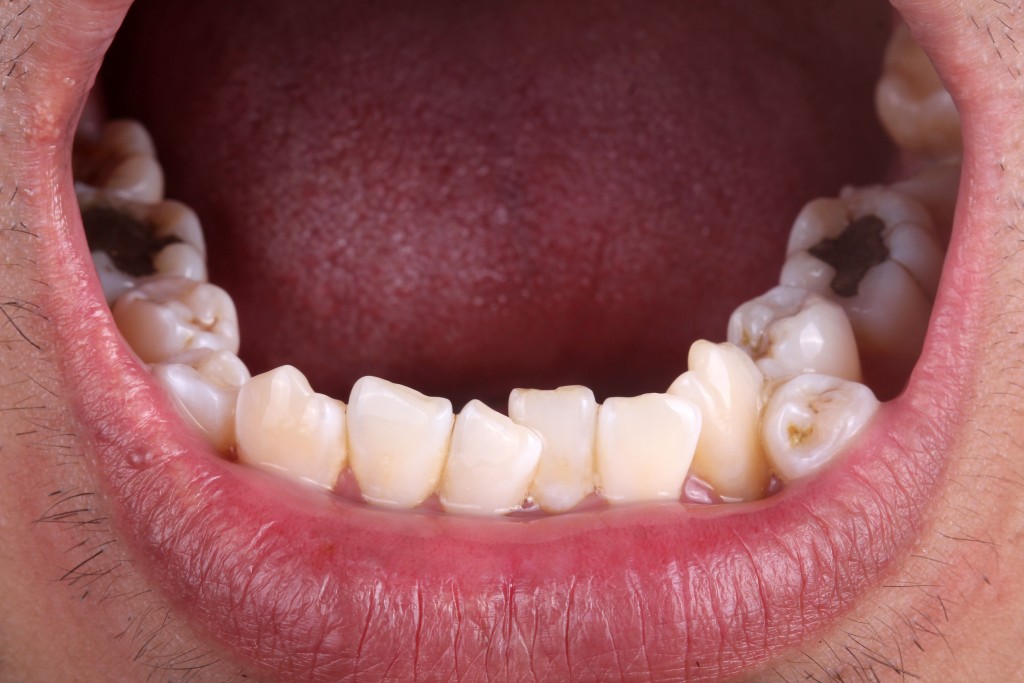In the 21st century, the main focus of dentistry is to prevent dental problems, or at least to stop them from becoming serious. It’s called preventive dentistry. It’s an ethos that has several strands of treatment and actions encompassed within it. Preventive dentistry is teamwork, it means a good working relationship between the patient and their dentist in Soho.
What the dentist in Soho does
The dentist is like a garage for the teeth. The patient needs to bring their mouth into the dentist in Soho, perhaps the dentists at PS Dental Care, for regular maintenance in the form of check-ups, which are a vital diagnostic tool in good oral health.
The check-up is when the dentist in Soho makes a detailed examination of the teeth, checking them for signs of decay or gum disease. The dentist will also check any fillings, crowns, dental implants, fixed bridgework or other prosthetics to make sure they are in good working order. Patients need to have check-ups twice a year. Some patients, such as those who smoke, have diabetes, or are pregnant, may well need to have more frequent check-ups.
Any patients over about the age of 35 should also have an annual mouth cancer screening. Mouth cancer is lifestyle-related and easily spotted and dealt with in its early stages.
In fact, most oral problems, especially decay and gum disease can only be spotted in their early stages by a dentist in Soho. The patient won’t know they are there until they have reached a more advanced stage. By then treatment will be more invasive and more expensive. Check-ups prevent this.
The dental clinic also provides bi-annual deep cleans, like a service for the car, where the hygienist removes any hard-to-reach build-up of plaque or tartar (plaque that has hardened and can no longer be brushed away).
What the patient does
The patient’s job is the twice daily health routine of 2 minutes of brushing with a soft-bristled brush and a fluoride toothpaste to remove plaque. Patients also need to floss and/or use interdental brushes to remove plaque and trapped food from between the teeth.




